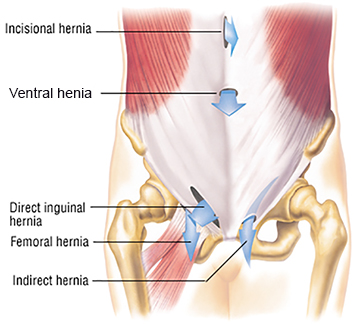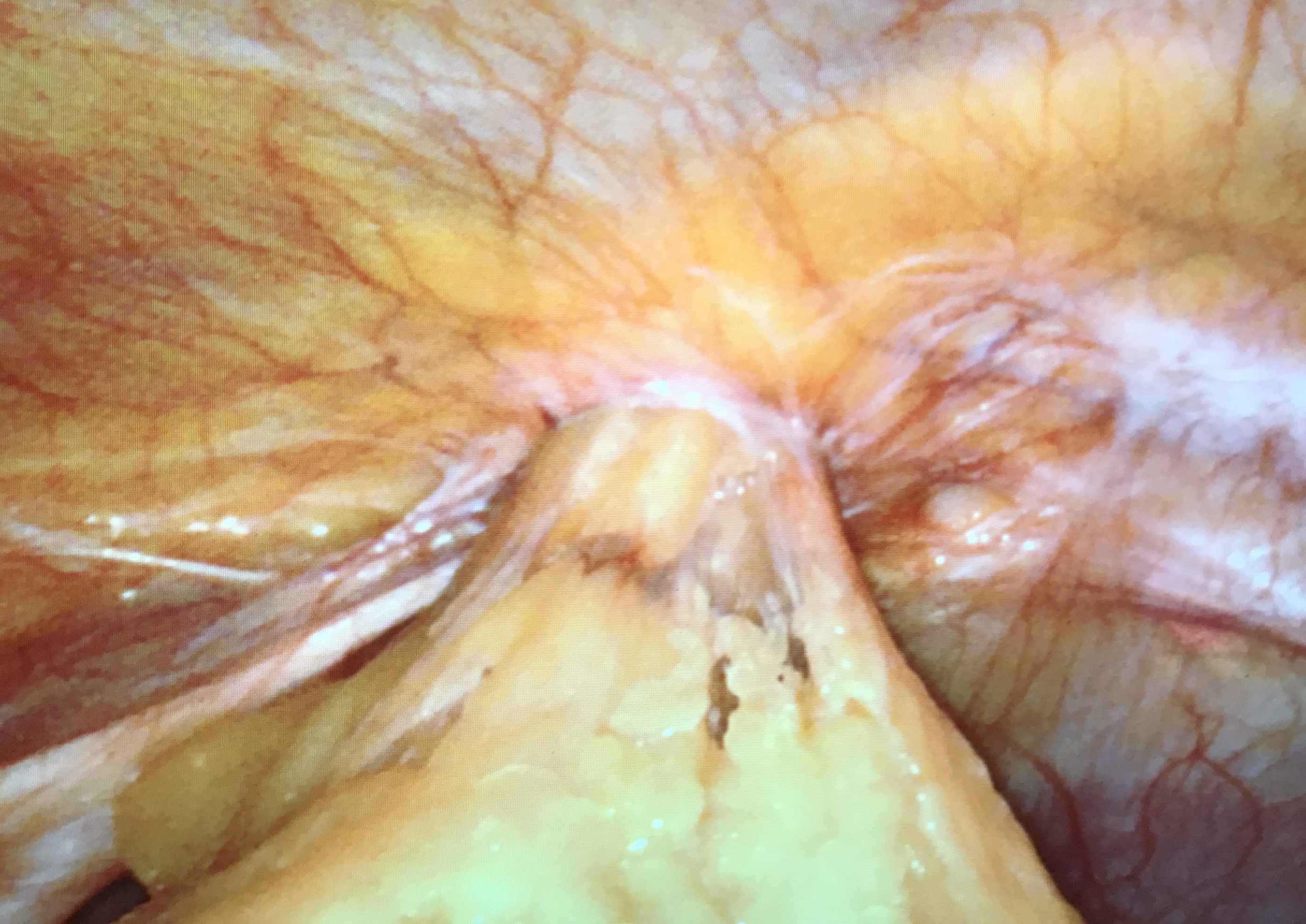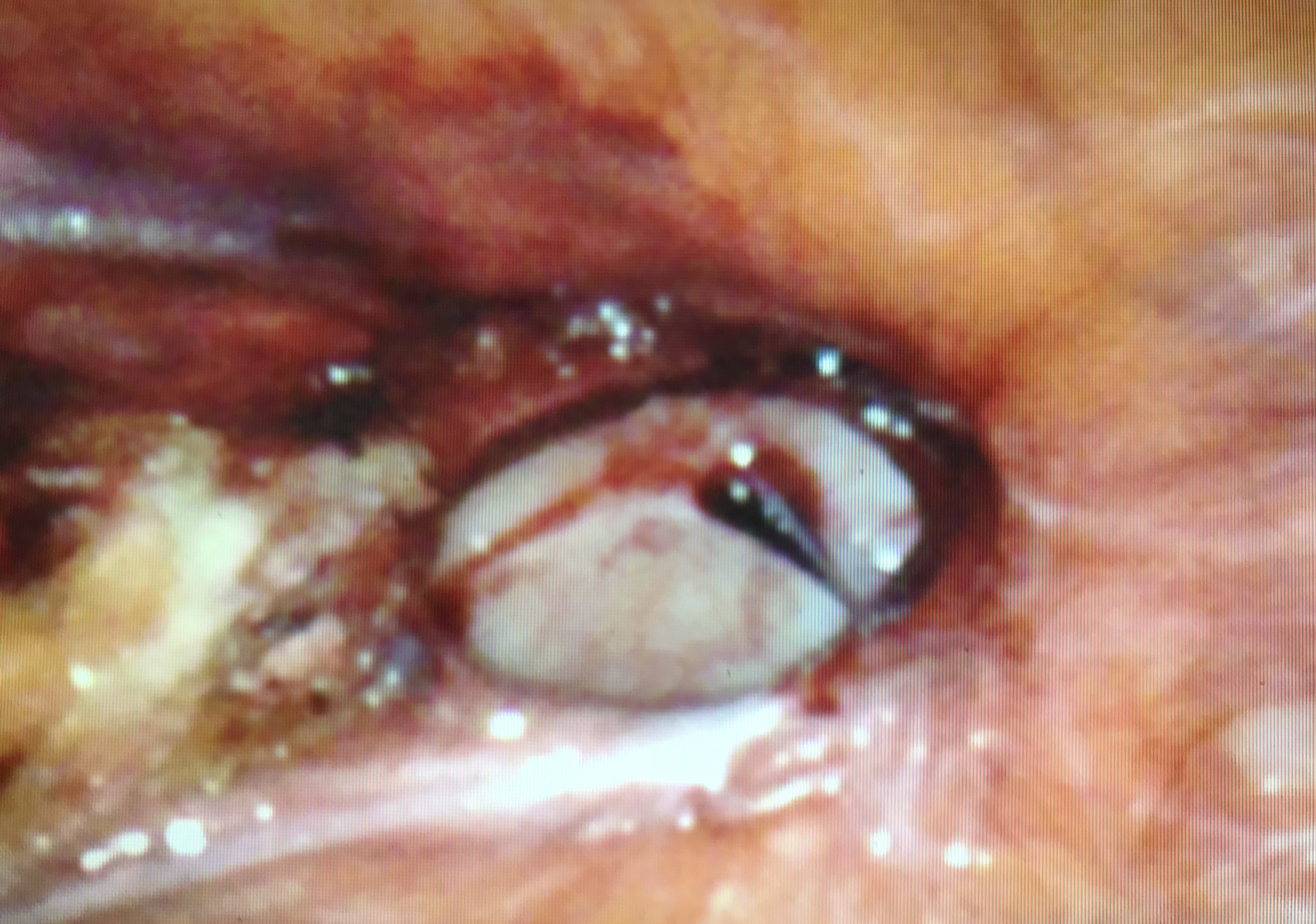What is a hernia?
A hernia occurs when part of an internal organ or body part protrudes through an opening into another area where it ordinarily should not be located. There are many different types of hernias, but the most common is when a portion of the intestine protrudes through a weak area in the muscular wall of the abdomen. This causes an abnormal bulge under the skin of the abdomen, usually near the groin or the navel. Hernias do not go away. In fact, they tend to progressively enlarge and cause more pain and discomfort. As the hernia enlarges, the surgery to repair the hernia may become more complex and difficult – sometimes even requiring emergency attention. That’s why a hernia should be usually addressed at the first signs of onset – discomfort and/or pain and/or bulging – because the procedure will be more straightforward, recovery will be shorter, and the chance of the hernia returning will be decreased drastically.
The most common forms of hernia are:
Inguinal hernia – In men, the inguinal canal is a passageway for the spermatic cord and blood vessels leading to the testicles. In women, the inguinal canal contains the round ligament that gives support for the womb. In an inguinal hernia, fatty tissue, or a part of the intestine pokes into the groin at the top of the inner thigh. This is the most common type of hernia, and affects men more often than women.
Ventral hernia – Fatty tissue or part of the intestine pushes through the abdomen in the midline. This is a general term that can refer to an epigastric, umbilical, or incisional hernia.
Incisional hernia – Intestine bulges through a weakness in the abdominal wall in an area where there has been previous surgery. The skin has healed, but the underlying muscle has pulled apart, resulting in a hernia. These hernias can be small or quite large.
Umbilical hernia — Intestine or fat bulges through the abdominal wall under the navel. The area of weakness in the abdominal wall can be very small (less than half an inch) or it can be as large as 2 to 3 inches. Umbilical hernias are common in newborns but may disappear gradually over time. They may also occur in adults who are overweight or in women who have been pregnant many times. In adults, these hernias do not disappear over time and are commonly called ventral hernias.
Femoral hernia – This is a hernia through the passage that contains the large blood vessels (the femoral artery and vein) between the abdomen and the thigh. This type of hernia causes a bulge in the upper thigh just under the groin and is more common in women than men.
Epigastric hernia — A small bit of fat bulges through a weakness in the upper abdominal muscles between the navel and breastbone. Most people with such hernias are between ages 20 and 50. These hernias are often so small that they may go unnoticed.
Spigelian hernia – The intestine pushes through the abdomen at the side of the abdominal muscle.
What are the symptoms of a hernia?
Most hernias cause a bulge under the skin. The location of this bulge depends on the specific type of hernia. For example, an inguinal hernia appears as a bulge in the groin, while an umbilical hernia appears as a bulge near the navel. Some hernias can cause twinges of pain or a pulling sensation, but most do not cause pain. Hernias are usually easier to see with coughing or straining. They also tend to be more prominent with standing and often disappear with lying down.
A hernia is considered “incarcerated” if a portion of intestine becomes trapped in the hernia and is unable to slide back into the abdomen. Rarely, the trapped intestine can “strangulate.” This means that the contained intestine dies because its blood supply has been cut off by the constriction of the hernia. This causes severe pain and requires urgent surgery.
How is a hernia diagnosed?
Most people discover their own hernias by noticing a bulge. Sometimes, however, your doctor will find a small hernia as part of a routine examination. Your doctor makes the diagnosis by physical examination. He or she may ask you to strain or cough (especially while standing), which may make the bulge easier to see or feel. Part of a male’s typical physical exam for inguinal hernias includes the doctor feeling the area around the testicles and groin while the patient is asked to cough.
Rarely, you may have symptoms that suggest a hernia, but the doctor will be unable to find one at the time of examination. In these circumstances, your doctor may recommend a computer tomography (CT) scan or an ultrasound of the abdomen.
What causes a hernia?
Inguinal and femoral hernias are due to weakened muscles that may have been present since birth, or are associated with aging and repeated strains on the abdominal and groin areas. Such strain may come from physical exertion, obesity, pregnancy, frequent coughing, or straining on the toilet due to constipation.
Adults may get a ventral hernia by straining the abdominal area, being overweight, having a long-lasting heavy cough, or after giving birth.
How is a hernia treated?
Hernias typically do not resolve on their own and surgery may be the only way to repair them. However, your doctor will recommend the best therapy to address your hernia, and may refer you to see a surgeon. If the surgeon thinks it is necessary to repair your hernia, then the surgeon will tailor the best method of repair that meets your needs.
What can happen if a hernia is not treated?
Other than umbilical hernias in babies, hernias will not disappear on their own. Over time, a hernia can grow larger and more painful or can develop complications.
Complications of an untreated hernia may include:
Obstruction (incarceration) – Part of the intestine becomes stuck in the hernia defect, causing nausea, vomiting, stomach pain, and a painful lump.
Strangulation – Part of the intestine is trapped in a way that cuts off its blood supply. In such cases, emergency surgery (within hours of occurring) is called for to prevent tissue death.




